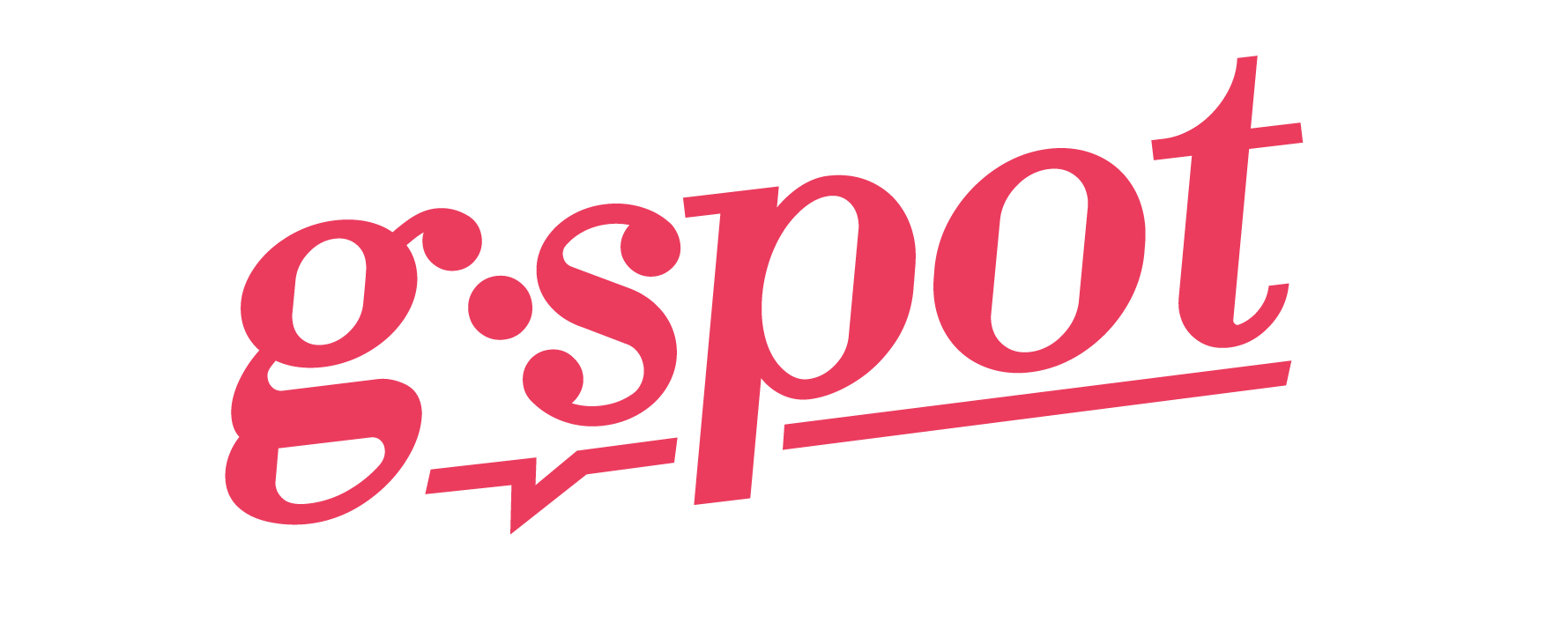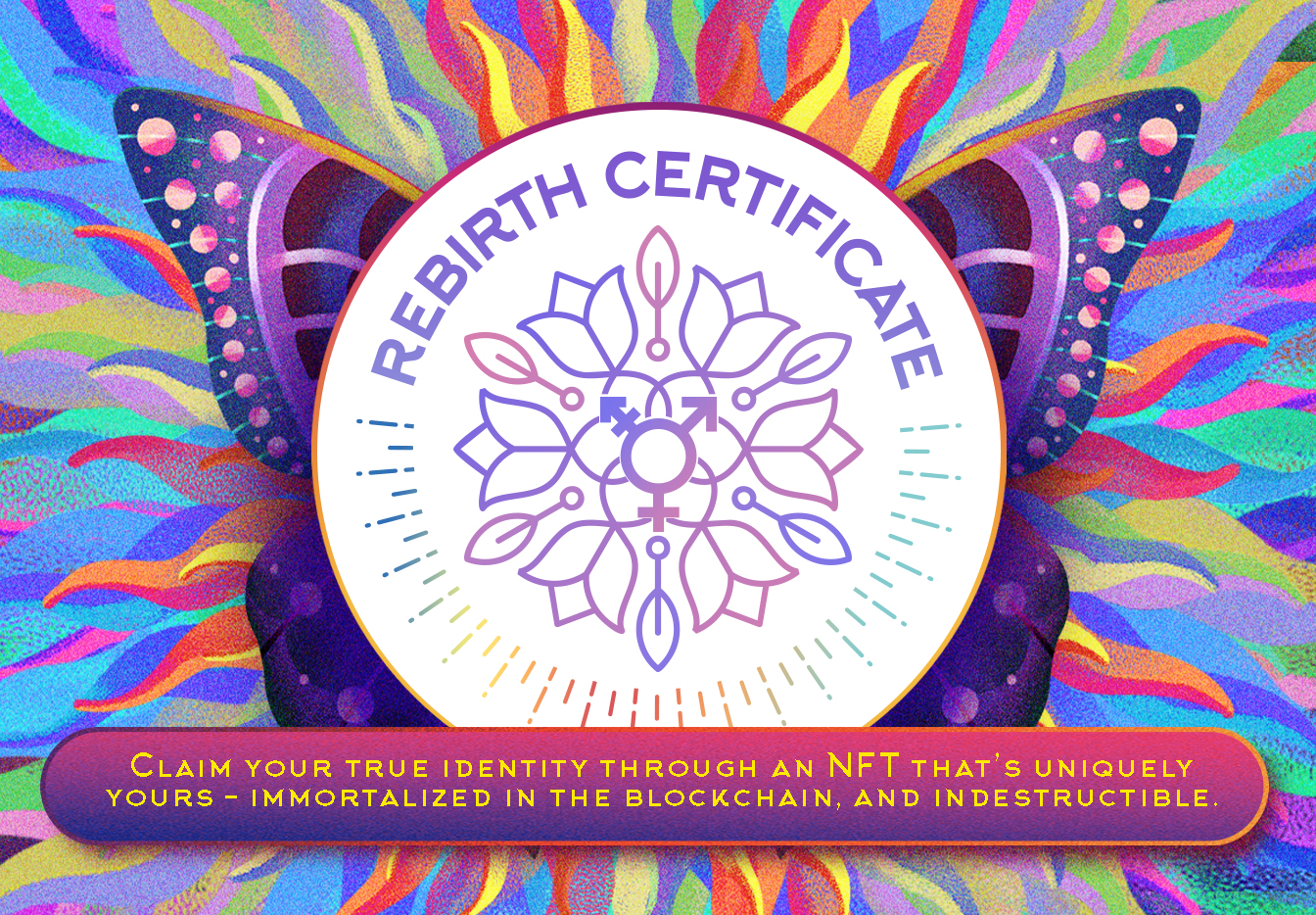Yoga can seem intimidating if we form our opinions based on what we see online. We might see yogis with super toned arms and abs holding advanced poses in some fantastic landscape and think, “I could never do that.”
Yoga is not about who has the deepest split or who can hold a headstand the longest. It’s more about the alignment and balance of the mind and the body. The more present we are in our practice, the more we can benefit from it.
Here are some lessons from yoga that help keep us grounded both on and off the mat.
Focus on you.
Instead of focusing on others — “Her side plank is so effortless while I’m shaking to hold myself up.” “My officemate must get paid more than me because all her stuff is branded.” — maybe ask, “What adjustments can I make to strengthen my side plank?” “How do I raise the quality of my work so that I can earn a promotion? Is branded stuff even that important?” Focus on improving yourself and your mindset.
Progress, not perfection.
Maybe you’ll start doing yoga because you wanted to achieve those advanced poses. Nothing wrong with that, but aiming for perfection instead of appreciating the practice might be discouraging if you don’t get it right away.
If you have stage fright but are required to speak in front of clients at work, keep practicing and preparing ahead for your presentations. Notice what you did well and what you can do better next time. See how much more confident you’ll be after a few months.
If you can’t headstand or hold any arm balancing poses on the first few attempts, keep trying. Eventually, you will be able to hold yourself up. You’ll be surprised how much stronger you’ve become from all that practice, and realize that it also took a lot of work for the Instagram yogis to earn the toned arms and abs.
Push yourself, but know when to pull back.
Find the sweet spot in your practice where there’s exertion, but not pain. If things become too difficult, know when to stop.
Don’t be afraid to admit you need help and allow the teacher to guide you. Since it’s hard to see what we might be doing “wrong,” allow people that we trust to give us suggestions for how to improve.
Find time for yourself.
Our days are so packed with obligations that we might say, “I don’t have time to slow down. I don’t have time for exercise.”
We are at work 8+ hours a day, a parent or wife or caretaker pretty much 24/7, and still need to do chores and spend time with friends and sleep. Don’t feel guilty for making time for your exercise, meditation, or other self-care. We all need this little bit of peace so that we are rejuvenated and have energy for our loved ones and other important things in life.
Breathe.
It’s the most basic thing that we sometimes forget to do. Breathing is crucial to give your body enough oxygen to hold a pose, transition from one pose to another, go more deeply into a pose, and relax. In a pose that looks as “simple” as downward dog, we have to spread our fingers on the mat to help keep us stable, roll the shoulders in, pull our tailbone up, tuck in the belly, hide our heels, and try to straighten the legs a bit more. You wonder why you can barely hold it for more than a few seconds, then realize you’ve been holding your breath thinking of all the other things.
It’s easy to get overwhelmed when there’s so much going on. On a hectic day or stressful situation, stop as often as needed to take several deep breaths. You’ll be surprised how much better you’ll feel just by being more mindful of your breathing.






